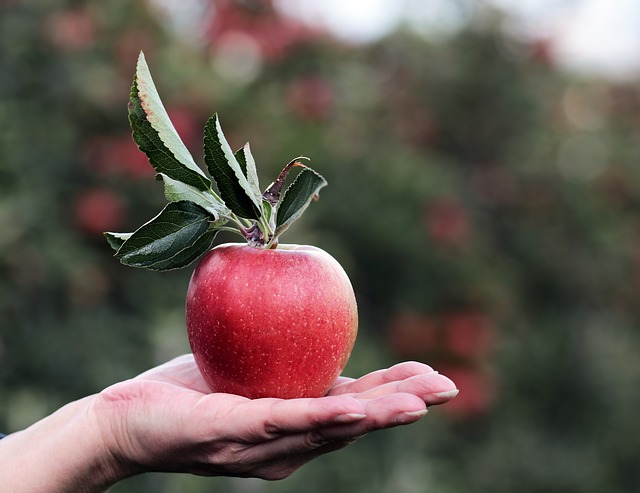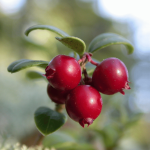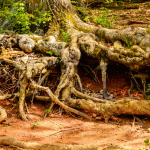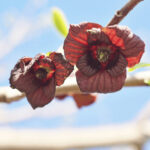What are Indicator Plants and what can we learn from them?
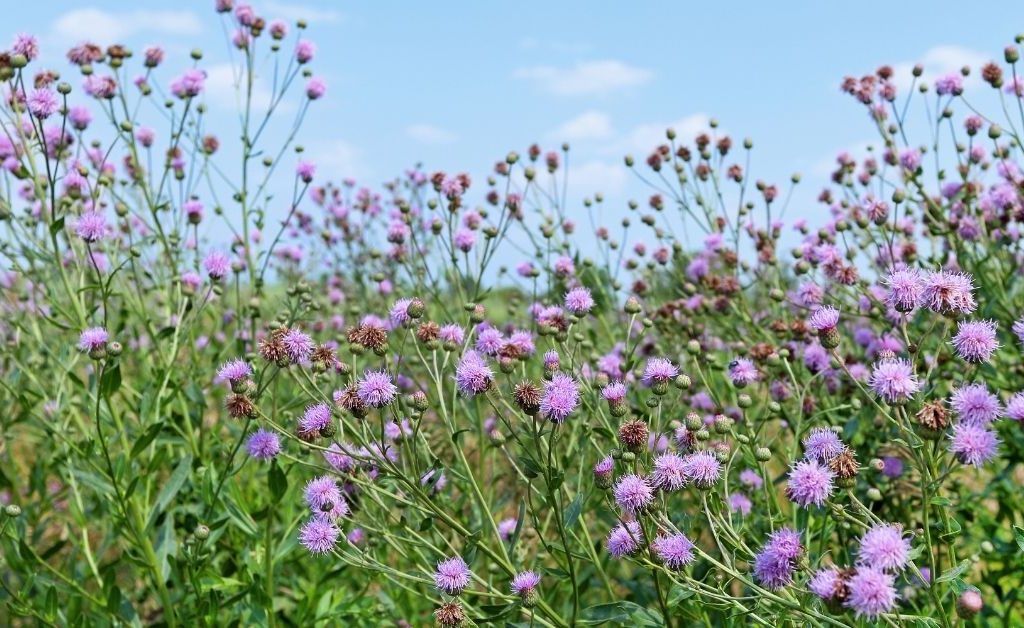
Indicator Plants are a bit like the canary in the coal mine, as they can warn us about issues with our soil.
Plant indicators (or indicator species) are plants that have very specific demands for it to thrive or have an elevated tolerance against something other plants do not. Armed with this knowledge we can make informed choices on the use of our soil.
Certain plants have some, or more, very specific environmental conditions that must be met for them to thrive optimally, these plants are called plant indicator or indicator species. Plant indicators can assist in determining the best use of the local soil.
There are plants that can alert one to the presence of a particular mineral or metal and can be valuable information for owners of land and geologists.
This is called geobotanical prospecting.
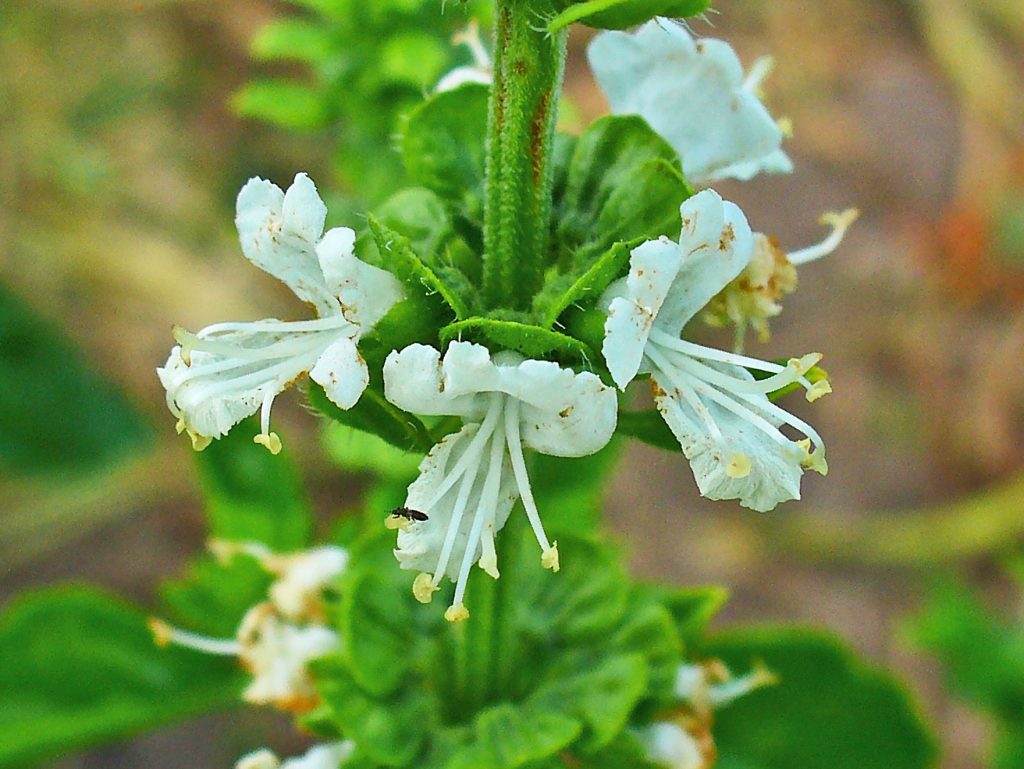
The Ocimum centraliafricanum, (the copper flower or copper plant) is a perennial herb found in central Africa. It is a good example of a geobotanical prospect plant. It is used by geologists that are looking for copper and nickel as it can tolerate a very high concentration of those metals in the soil.
Photo: H. Zell / CC BY-SA (https://creativecommons.org/licenses/by-sa/3.0)
They help point out soil and water deficiencies and act as plant watering indicators
Soil structure plant indicators
Some plants, often only thought of as weeds, thrive under very specific conditions. Instead of thinking of such weeds as a problem, it might actually make more sense to change one’s mindset. What do they tell us about the conditions of the soil? Instead of focusing on simply removing them.
If you have Dandelions in your garden then that is a sure sign that your soil is very compact and improving the quality of your soil is what you should focus on. The Dandelions will not thrive in great soil.
Sandy soil plant indicators
Sandy soil contains, as expected, a large proportion of sand and little clay or organic matter. It is:
- light
- warms up quickly
- dry
- often acidic
Furthermore, rain tends to wash out nutrients, so this soil type is low on these.
| plant | latin | soil types |
|---|---|---|
| Australian Pine | Casuarina equisetifolia | prefer sandy soil, but adaptable |
| Bayhops / Beach Morning Glory | Ipomoea pes-caprae | sandy soil, salt tolerant |
| Mustard | Brassicaceae | sandy soil |
| Chinese Wolfberry / Himalayan Goji | Lycium barbarum | sandy soil, but adaptable |
| Panicgrass | Panicum | sandy soil |
Silty Soil plant indicators
Silt is granular material of medium-sized particles, that is well-drained and holds moisture well. Silt soil has a high fertility rating, but since the particles are rather fine, they can easily be washed away with rain or become compacted.
| plant | latin | soil types |
|---|---|---|
| New Zealand flax | Phormium | silt, swamp, but adaptable |
| Willow | Salix | thrives best in silt, tolerates water around roots |
| Birch | Betula | thrives best in silt and sandy soil |
| Snowdrops | Galanthus | silt, sand, but adaptable |
| Dogwood | Cornus | silt, but adaptable |
Clay soil plant indicators
Clay Soil is a heavy soil type with high levels of nutrients. Only plants that can tolerate their roots being submerged in water can survive growing in clay soil, and those who tolerate wet and cold winters and also can resist dry periods in the summer.
Sandy soil does not transport water easily up from deeper layers through capillary action.
| plant | latin | soil types |
|---|---|---|
| Cogongrass / Kunai Grass | Imperata cylindrica | clay soils, but adaptable |
| Plantains / Fleaworts | Plantago | clay soil, compacted, sour soil |
| Vetiver / Sunshine | Vetiveria zizanioides | clay soil, can survive deep water flow |
Compacted soil indicator plants
Some plants thrive in areas that are compacted by, for instance, animals or people walking over an area or use of heavy machinery.
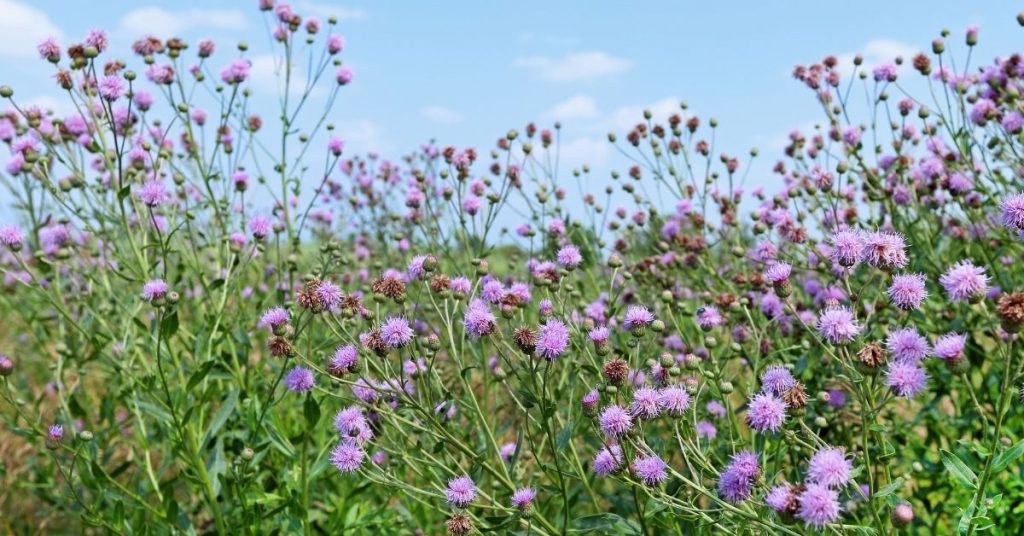
Canada thistle – (Cirsium arvense) is one of them; Compact soil and rich nitrogen soil
| plant | latin | soil types |
|---|---|---|
| Creeping Thistle / Canada Thistle | Cirsium arvense | compact |
| Large Plantain | Plantago major | compact , disturbed |
| Field Horsetail | Equisetum arvense | compact, poor growing conditions |
| Dandelion | Taraxacum ifficinale | compact, potassium poor soil, calcium rich |
Soil quality plant indicators
The main bulk and most important nutrients plants demand are; nitrogen (N), phosphorus (P) and potassium (K). These make up the trio often referred to as NPK. Other important nutrients are calcium, magnesium and sulfur.
Nitrogen plant indicators
Nitrogen is essential to photosynthesis because chlorophyll requires it. Without it, the plant can’t transform sunlight energy to make sugars from water and carbon dioxide.
If you observe a lot of nitrogen plant indicators, then that is an alarm. It is very important to be aware of this. It might also be useful to know if the soil is really nitrogen-rich.
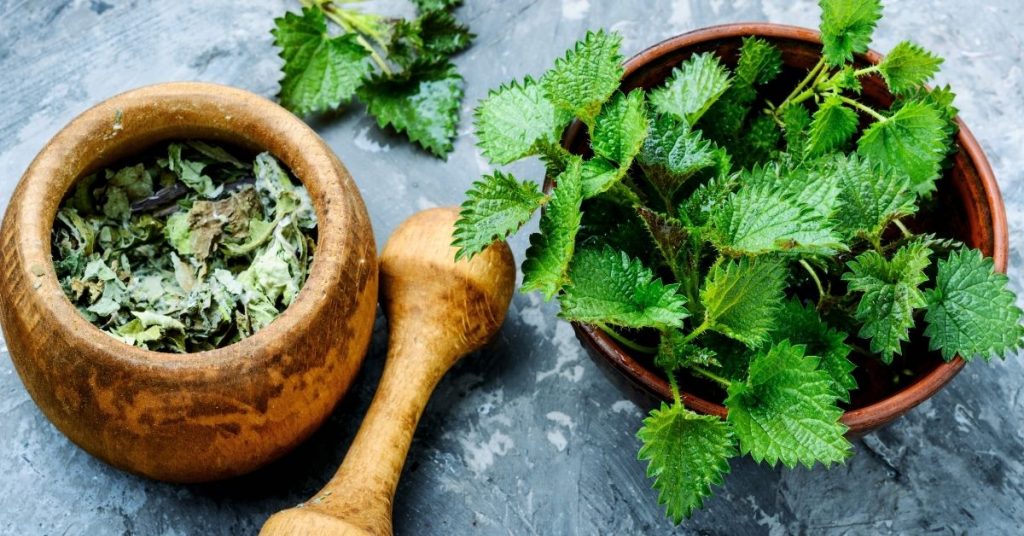
| plant | latin | nitrogen |
|---|---|---|
| Clover | Trifolium | poor |
| Lemon Thyme / Broadleaved Thyme | Thymus pulegioides | poor |
| Hawkweed | Hieracium | poor |
| Vetches | Vicia | poor |
| Creeping Thistle / Canada Thistle | Cirsium arvense | rich |
| Stinging Nettle | Urtica dioica | rich |
| White Goosefoot | Chenopodium album | rich |
| Elderberry | Sambucus nigra | rich |
| Winterweed / Chickweed | Stellaria media | rich |
| Wild Chervil / Mother-Die | Anthriscus sylvestris | rich |
| Common Hogweed | Heracleum sphondylium | rich |
| Starflower | Borago officinalis | rich |
| Common Mallow / Buttonweed | Malva neglecta | rich |
| Catchweed / Sticky Willy | Galium aparine | rich |
| European Black Nightshade | Solanum nigrum | rich |
Phosphorus
Phosphorus is a vital nutrient for plants. These are some of the functions phosphorus contributes to or does on it’s own for plants:
- photosynthesis
- strong root growth
- sugar metabolism
- cell development
- genetic information transfer
- enhances fruit, vegetable, and grain quality
- vital to seed formation
- augments the efficiency of nitrogen, and other nutrients, in plants
- increases disease resistance
- improves flower formation and seed production
Signs of phosphorus deficiencies as indicators
After hours and hours of research, I’ve found no specific plant that thrives in phosphorus-poor soils. If you know of any please let me know so I can update this.
The best option is to study the plants and look for these indication symptoms in your plants, but do be aware that these signs can also be symptoms for more than one problem with your plants and their environment.
- overall stunted growth
- smaller leaf sizes
- fewer leaves
- darkening of leaves
- dark, purplish coloring on the leaves
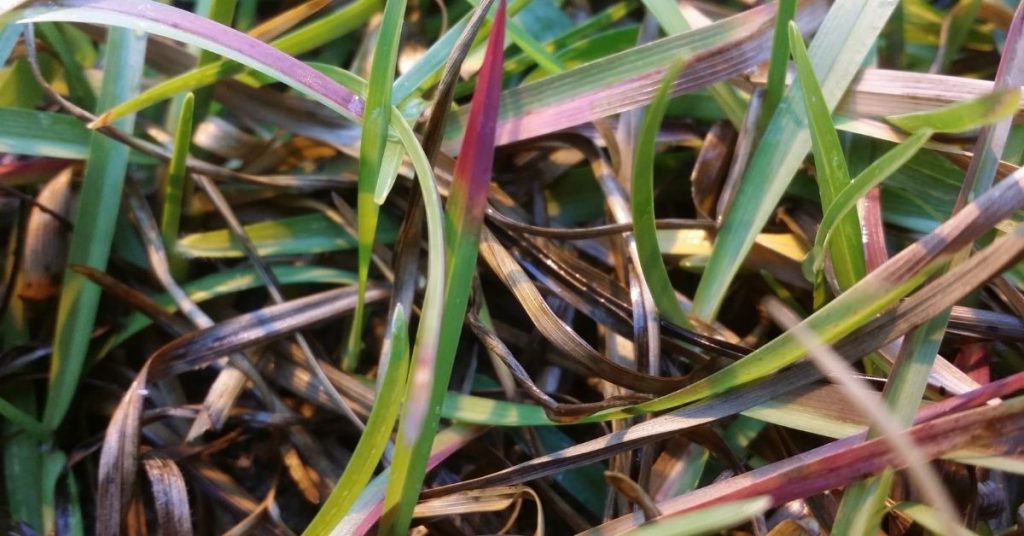
Do note that the only highly accurate method is to do a soil test.
This will naturally not be free, but many might find the cost makes sense.
Moist and wet plant indicators
| plant | latin | soil types |
|---|---|---|
| Goldenrod | Solidago spp | moist |
| Sow Thistle | Sonchus arvensis | moist, fertile |
| Dwarf Mallow | Malva neglecta | moist |
| Mosses | Bryophyta | wet |
| Speedwell Ivy | Veronica hederifolia | moist |
| Corn Spurrey | Spergula arvensis | moist |
| Purple Dead Nettle | Lamium purpureum | moist |
| Field Horsetail | Equisetum arvense | wet, standing water |
| Common Knotgrass | Polygonum aviculare | moist, wet |
| Coltsfoot | Tussilago farfara | wet, clay |
| Lesser Swine Cress | Coronopus didymus | moist |
| Cabbage Thistle | Cirsium oleraceum | wet lowlands |
| Marsh Foxtail | Alopecurus geniculatus | moist |
Indicator trees
Certain trees are a bit selective as to where they will grow, and if you see any of these and they are fully mature then that is also a good suggestion that the soil have been fairly stable in the soil where the tree grows.
If your aim is to grow certain trees in an area then observing what trees already thrive in an area will suggest which trees one can successfully grow.
| tree | latin | target |
|---|---|---|
| Black Alder | Alnus glutinosa | wet |
| Willow | Salix | wet |
| Maple | Acer | moist to very wet |
| Birch | Betula | cool, moist |
| Black Gum (Eucalyptus) | Eucalyptus aggregata | swampy, wet |
| Eastern Redcedar | Juniperus virginiana | dry, limestone soils |
| Bur Oak | Quercus macrocarpa | dry |
Geobotanical prospecting (mineral plant indicators)
Geobotanical prospecting is the act of searching for mineral deposits by observing certain plants that either have a higher tolerance of heavy metals or actually require these metals to survive. These plants are called metallophyte.
| plant | latin | target |
|---|---|---|
| Alpine Pennycress | Thlaspi caerulescens | cadmium, zinc |
| Zinc Violet | Viola calaminaria | zinc, lead |
| Spring Sandwort | Minuartia verna | lead, copper |
| Sea Thrift | Armeria maritima | copper |
| Scurvy-grass | Cochlearia | salt |
| Common Bent | Agrostis capillaris | copper, zinc, lead, nickel, arsenic |
| Plantain | Plantago lanceolata | chlorine, magnesium, potassium, and sodium |
Some of these plants may be used to aid cleaning up contaminated soil (Phytoremediation)
Over to you
This is by far the whole list of indication plants, they’re just for inspiration. I hope this can change your questions from “How can I get rid of this plant?” to “Why is this plant here?”

